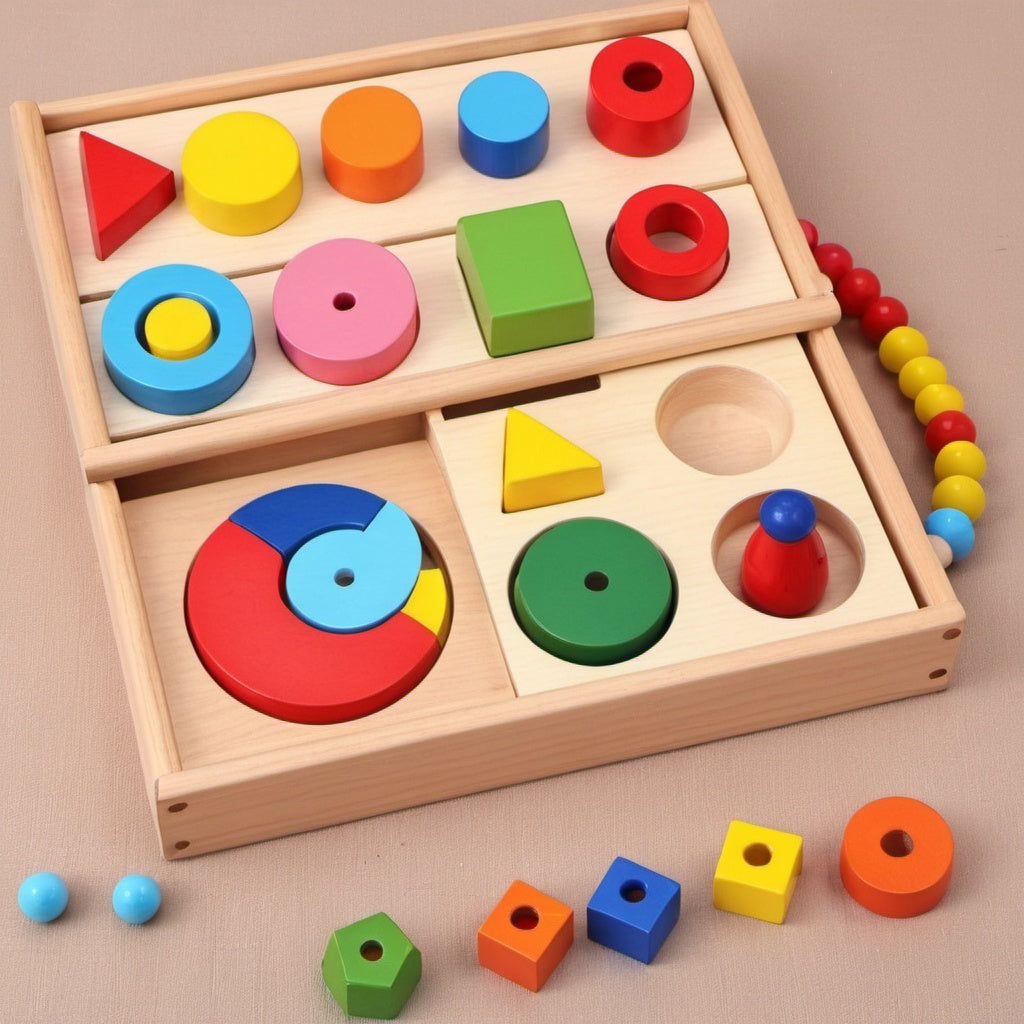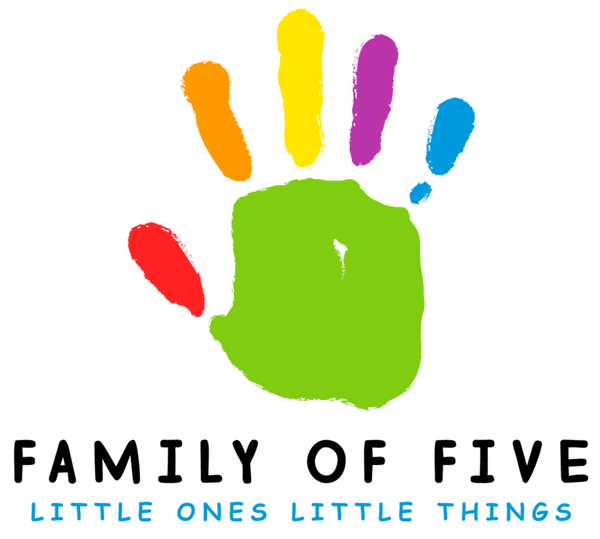
Wooden Toys and STEM Education: Unlocking Learning through Play
Share
In today's rapidly advancing world, the importance of STEM (Science, Technology, Engineering, and Mathematics) education cannot be overstated. These disciplines form the foundation for innovation, problem-solving, and critical thinking skills essential for success in the 21st century. While traditional teaching methods have their place, there's something uniquely powerful about learning through play. Enter wooden toys – timeless, tactile, and teeming with educational potential. In this blog post, we'll explore how wooden toys can serve as invaluable tools for promoting STEM education and inspiring young minds.

1. The Power of Hands-On Learning
At the heart of STEM education is the concept of hands-on learning – the idea that children learn best by actively engaging with materials and experiences. Wooden toys provide the perfect medium for this type of learning, offering children the opportunity to explore concepts such as balance, symmetry, and cause and effect through tactile manipulation and experimentation.
2. Encouraging Exploration and Discovery
From simple building blocks to intricate puzzles and gears, wooden toys come in a variety of forms that encourage exploration and discovery. Whether children are constructing a towering skyscraper, assembling a working gear system, or investigating the properties of magnets, they're actively engaging with STEM concepts in a fun and meaningful way.
3. Fostering Problem-Solving Skills
One of the hallmarks of STEM education is the emphasis on problem-solving skills – the ability to identify challenges, brainstorm solutions, and persist in the face of obstacles. Wooden toys provide endless opportunities for children to flex their problem-solving muscles, whether it's figuring out how to balance a stack of blocks, engineer a functioning bridge, or design a maze with multiple pathways.

4. Cultivating Creativity and Innovation
Contrary to popular belief, creativity and innovation are integral components of STEM education. Wooden toys offer a blank canvas for children to unleash their creativity, whether it's designing a new invention, creating a unique structure, or experimenting with different configurations and patterns. By fostering a spirit of curiosity and exploration, wooden toys lay the groundwork for future innovation in STEM fields.
5. Integrating STEM Concepts Across Domains
What makes wooden toys truly special is their ability to seamlessly integrate STEM concepts across multiple domains. A set of wooden blocks, for example, can be used to teach geometry, spatial awareness, and basic physics principles. Similarly, a wooden puzzle can challenge children to think critically, problem-solve, and apply mathematical concepts in a real-world context.
6. Selecting STEM-Enriched Wooden Toys
When selecting wooden toys to promote STEM education, look for options that offer open-ended play opportunities, encourage experimentation, and align with your child's interests and developmental level. From marble runs and construction sets to building blocks and STEM-themed puzzles, there's no shortage of STEM-enriched wooden toys to choose from.
7. Embracing the Joy of Learning
Above all, remember that learning should be a joyful and empowering experience. By incorporating wooden toys into your child's playtime, you're not only fostering a love of STEM but also instilling a lifelong curiosity and thirst for knowledge that will serve them well in all aspects of their lives.

In Conclusion
Wooden toys are more than just playthings – they're powerful tools for promoting STEM education, fostering creativity, and inspiring young minds to reach for the stars. So, the next time you're shopping for toys, consider adding a few STEM-enriched wooden toys to your child's collection and watch as they embark on a journey of discovery, innovation, and endless possibilities.
